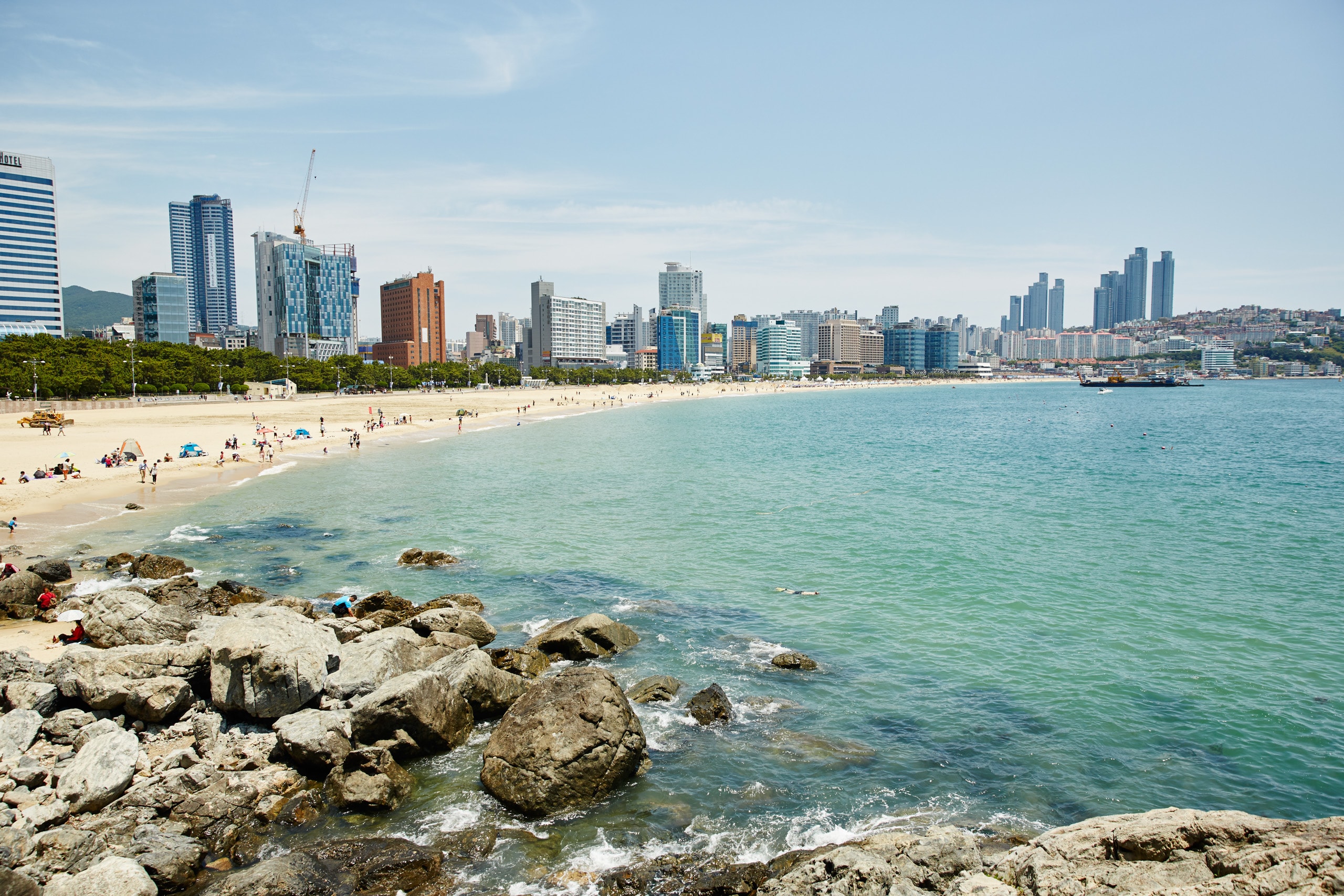
Busan, South Korea
Busan, South Korea
Description
The second largest city in South Korea, Busan is your gateway to a fascinating land whose culture is a unique amalgam of old and new. Modern high-rise towers dwarf ancient Buddhist temples. The city's bustling business district offers a stark contrast to the serene grounds of Yongdusan Park. In short, Busan is a microcosm of South Korea, a nation whose startling economic success often obscures one of Asia's most sophisticated and venerable cultures.
Busan was the scene of bitter fighting during the Korean War. The United Nations Memorial Cemetery marks the final resting place for the troops from 16 nations who gave their lives during the conflict.
Points of Interest
- Beomeosa Temple
- Haedong Yonggungsa Temple
- Ja-Gal-Ch'i Fish Market
- UN Memorial Cemetery
- Gyeong-Ju:Bulguksa Temple & Tumuli Park
- Tongdosa Temple
- Cultural Experience
- Bokcheon Museum and Tombs
More about Busan, South Korea Points of Interest
-
Beomeosa Temple -
Beomeosa Temple dates back to 678 A.D., and is one of ten HwaEom temples in Korea. HwaEom acceptance is to pursue life full of happiness and generosity. Beomeosa boasts a graceful 9th-century, three-stone pagoda, and a colorful main temple hall, which was built in 1614.
-
Haedong Yonggungsa Temple -
One of the most beautiful temples in Busan, it is unusually located along the coast. Tied to the legend of a great sea goddess, the grounds boast a dramatic rocky backdrop.
-
Ja-Gal-Ch'i Fish Market -
This bustling market was established by women peddlers during the Korean War, and has become known as 'Aunt's Market.' Traders sell amazing displays of seafood, shellfish and exotic seaweeds.
-
UN Memorial Cemetery -
The cemetery was established by the United Nations in 1951, and covers 35 quiet acres. Visitors can walk through rows of neat stone markers, and view the stone Monument of Dongnae, built in 1670.
-
Gyeong-Ju:Bulguksa Temple & Tumuli Park -
Korea's ancient capital holds the royal tombs of the Silla Dynasty in serene Tumuli Park, and is revered for Bulguksa Temple, a UNESCO World Heritage Site and Buddhist shrine built in the 7th century.
-
Tongdosa Temple -
Often called "the temple without a Buddha," the peaceful Tongdosa Temple stands just north of Busan. Built in the 7th century, this significant site holds many historical Buddhist relics from China.
- Cultural Experience -
-
Bokcheon Museum and Tombs -
Bokcheon Museum has fascinating collection of the Three Kingdom period that spanned from the 1st century B.C. to the 6th century A.D. as well as tombs outside.